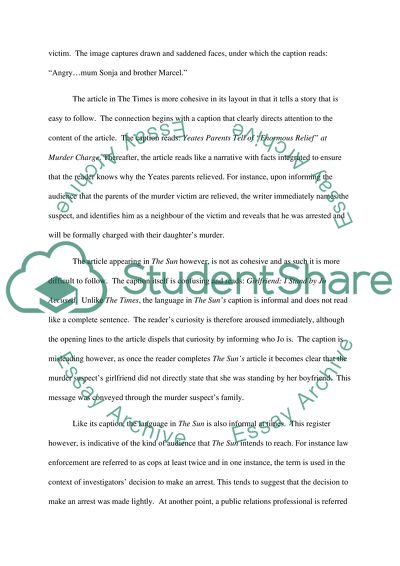Cite this document
(“Critically Analysing Texts Essay Example | Topics and Well Written Essays - 1500 words”, n.d.)
Retrieved from https://studentshare.org/environmental-studies/1407551-critically-analysing-texts
Retrieved from https://studentshare.org/environmental-studies/1407551-critically-analysing-texts
(Critically Analysing Texts Essay Example | Topics and Well Written Essays - 1500 Words)
https://studentshare.org/environmental-studies/1407551-critically-analysing-texts.
https://studentshare.org/environmental-studies/1407551-critically-analysing-texts.
“Critically Analysing Texts Essay Example | Topics and Well Written Essays - 1500 Words”, n.d. https://studentshare.org/environmental-studies/1407551-critically-analysing-texts.


